

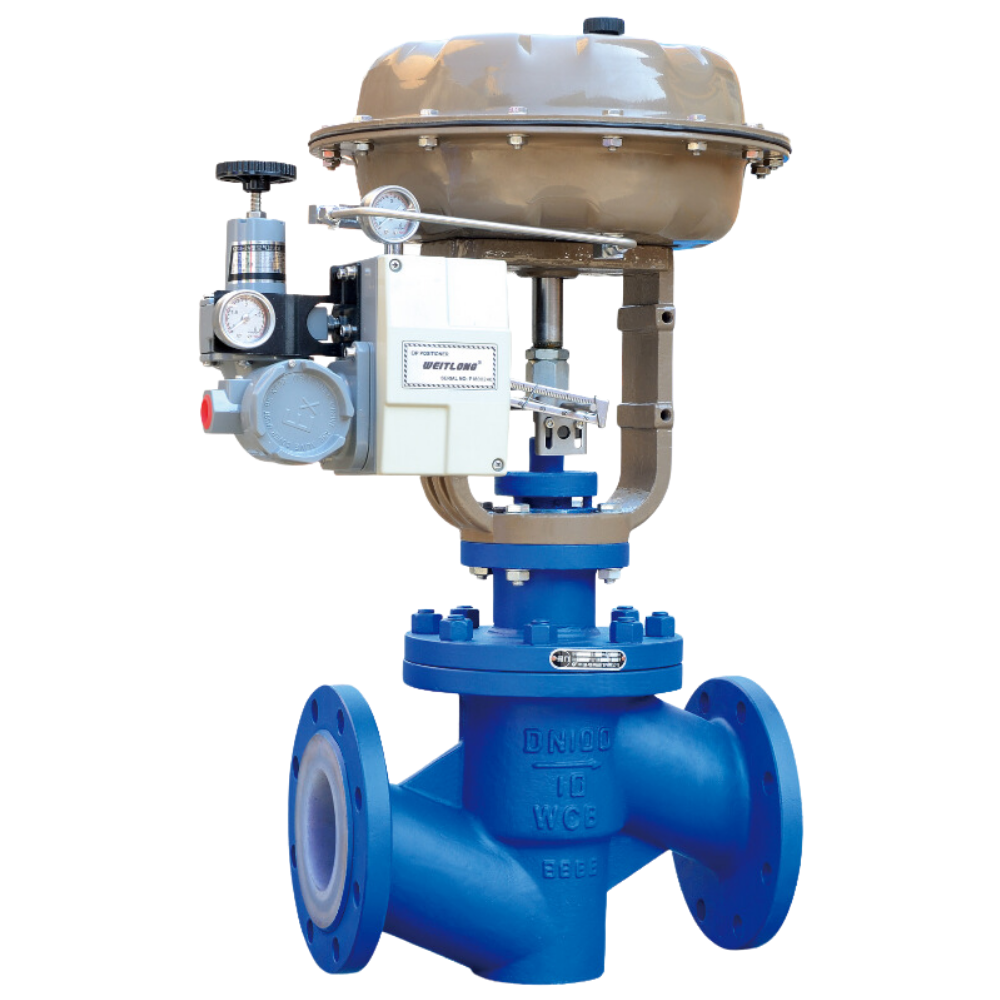


A fluorine lined control valve regulates the flow of fluids in a pipeline, adjusting flow rate, pressure, and temperature. It works by changing the size of the flow passage using elements like plugs, balls, or diaphragms.
Control valves are crucial in industrial processes for maintaining operating conditions and ensuring system efficiency. They can be operated manually, pneumatically, hydraulically, or electrically, and are often part of control systems for automated adjustments based on sensor feedback.
Main parts and materials
| Name/Material | WCB | CF8 | CF3 | CF8M | CF3M |
| Body | WCB | CF8 | CF3 | CF8M | CF3M |
| Diaphragm | EPDM+FEP/PFA | EPDM+FEP/PFA | EPDM+FEP/PFA | EPDM+FEP/PFA | EPDM+FEP/PFA |
| Stem | WCB | CF8 | CF3 | CF8M | CF3M |
| Lined | FEP / PFA / PO / PTFE | ||||
| Seat | PTFE / RPTFE | ||||
| Bolt/Nut | B7/2H | B8/8 | B8/8 | B8M/8M | B8M/8M |
Technical Specification
| Design&Manufacture Standard | GB/T12235 | API 6D | ||
| FTF Dimension Standard | HG/T3704, GB/T12221 | ASME B16.10 | ||
| Flange standard | HG/T20592, GB/T9119 | ASME B16.5, JIS B2220 | ||
| Inspection & Test Standard | HG/T13927, JB/T9092 | API 598 | ||
| Normal Diameter | DN15~DN350 | 1/2”~14” | ||
| Normal Pressure | 1.0MPa | 1.6MPa | 150LB | |
| Test pressure | Shell Test | 1.5MPa | 1.5MPa | 1.5MPa |
| High Pressure Test | 1.1MPa | 1.1MPa | 1.1MPa | |
| Low Pressure Test | 0.6MPa | 0.6MPa | 0.6MPa | |
| Temperature Range | FEP:-29℃~120℃, PFA:-29℃~180℃, PTFE:-29℃~150℃ | |||
| Applicable Medium | Strong corrosion medium: Hydrochloric acid, Nitric acid, Hydrofluoric acid, Liquid chlorine, Sulfuric acid and Aqua regia etc. | |||
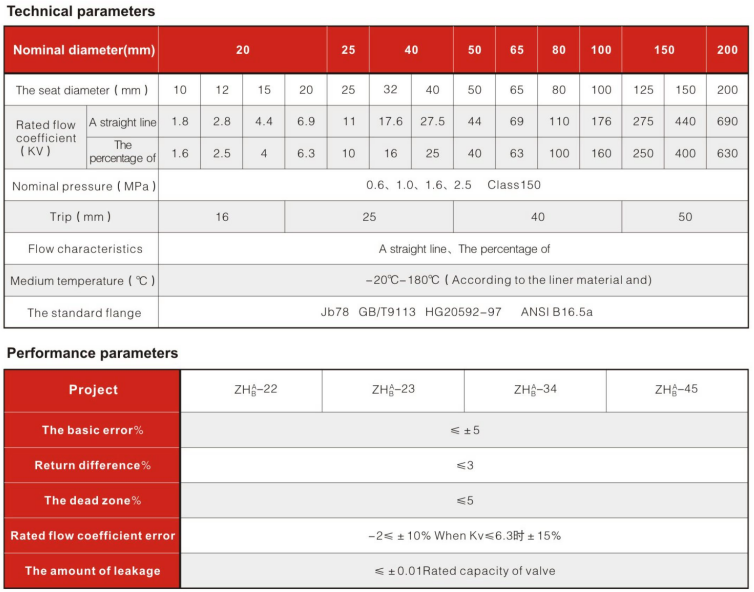

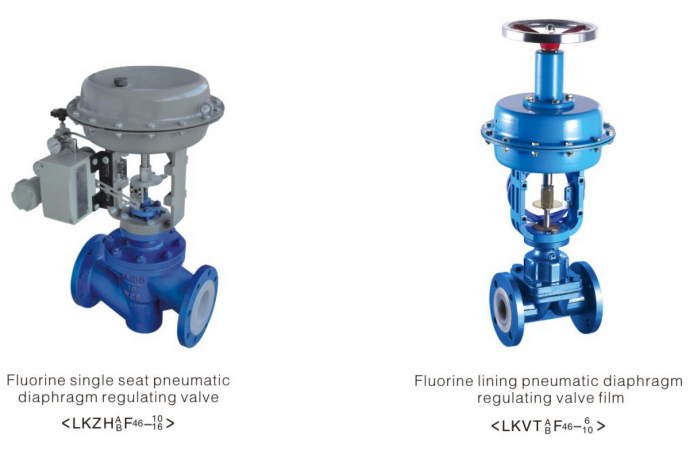
The main connection size
| DN (mm | PNS (Inch) | L | D | D1 | D2 | f | b | Z-Φd | H |
| 15 | 1/2 | 130 | 95 | 65 | 45 | 3 | 15 | 4-14 | 400 |
| 20 | 3/4 | 150 | 105 | 75 | 55 | 3 | 17 | 4-14 | 450 |
| 25 | 1 | 160 | 115 | 85 | 65 | 3 | 17 | 4-14 | 460 |
| 32 | 1-1/4 | 180 | 140 | 100 | 75 | 3 | 19 | 4-18 | 500 |
| 40 | 1-1/2 | 200 | 150 | 110 | 85 | 3 | 19 | 4-18 | 5290 |
| 50 | 2 | 230 | 165 | 125 | 100 | 3 | 21 | 4-18 | 600 |
| 65 | 2-1/2 | 290 | 185 | 145 | 120 | 3 | 21 | 4-18 | 625 |
| 80 | 3 | 310 | 200 | 160 | 135 | 3 | 21 | 8-18 | 325 |
| 100 | 4 | 350 | 220 | 180 | 155 | 3 | 23 | 8-18 | 850 |
| 125 | 5 | 400 | 250 | 210 | 185 | 4 | 24 | 8-18 | 950 |
| 150 | 6 | 480 | 285 | 240 | 210 | 4 | 26 | 8-23 | 1050 |
| 200 | 8 | 600 | 340 | 295 | 265 | 4 | 26 | 8/12-23 | 1200 |
The fluorine-lined pneumatic membrane regulating valve is composed of a pneumatic multi-spring membrane mechanism and a diaphragm valve with low flow resistance, a straight-through single-seat regulating mechanism or a simple and easy maintenance structure without packing.The inner wall and valve core in contact with the fluid are coated with a layer of poly-all-gas ethylene propylene (F46), soluble polytetrafluoroethylene (PFA) and other anti-corrosion materials, which can completely cut off the contact between the corrosive medium and the valve body shell.The valve can withstand acid, alkali, salt and other corrosive media and working conditions with strict leakage requirements, and is an ideal product for automatic process control in chemical pipeline systems.
Fluorine-lined control valves have a fluoroplastic lining that resists corrosion. This makes them suitable for handling aggressive chemicals, acids, and bases. The lining remains stable, contributing to a longer service life with proper maintenance.
These valves feature a design where the ball and valve stem are integrated into a single unit. This construction allows the valve to manage significant pressure changes effectively, enhancing safety during operation. They maintain stability even in high-pressure situations.
Fluorine-lined control valves enable precise flow control due to their streamlined design. This results in minimal resistance, allowing for smooth operation. They are ideal for applications requiring accurate flow modulation, such as in chemical processing or water treatment.
These valves are adaptable and can be customised to meet various application needs. They come in different sizes, pressure ratings, and connection types, making them compatible with various pipe systems. They can handle liquids, gases, and slurries, making them suitable for multiple industries.
Fluorine-lined control valves use a floating ball valve structure that improves pressure distribution and flow characteristics. This design allows for straightforward operation and maintenance. Whether operated manually or automatically, these valves are user-friendly and do not require specialised personnel for upkeep.
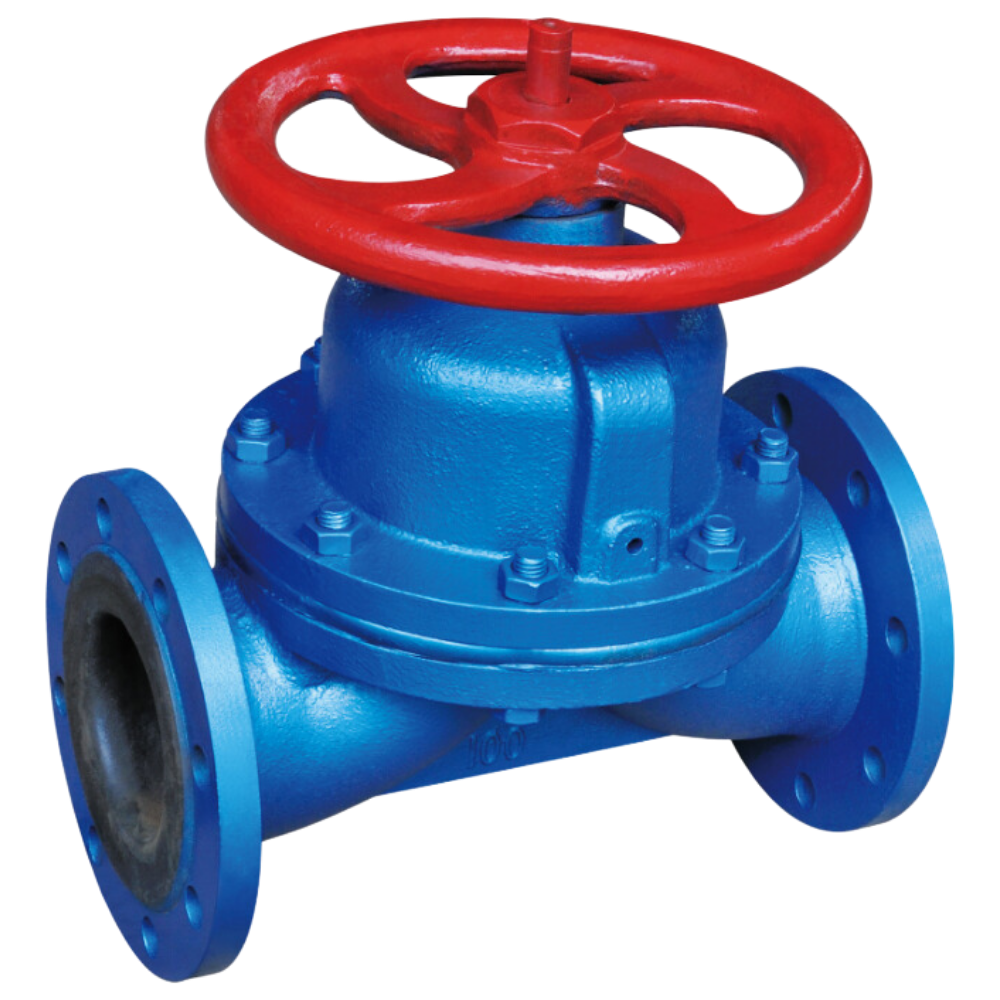
A weir-type diaphragm valve is a specific design of diaphragm valve that features a raised lip or saddle in the valve body. The diaphragm comes into contact with this weir to form a seal and control fluid flow. Main parts and materials Name/Material CI WCB CF8 CF3 CF8M CF3M Body CI WCB CF8 CF3 CF8M CF3M Diaphragm […]
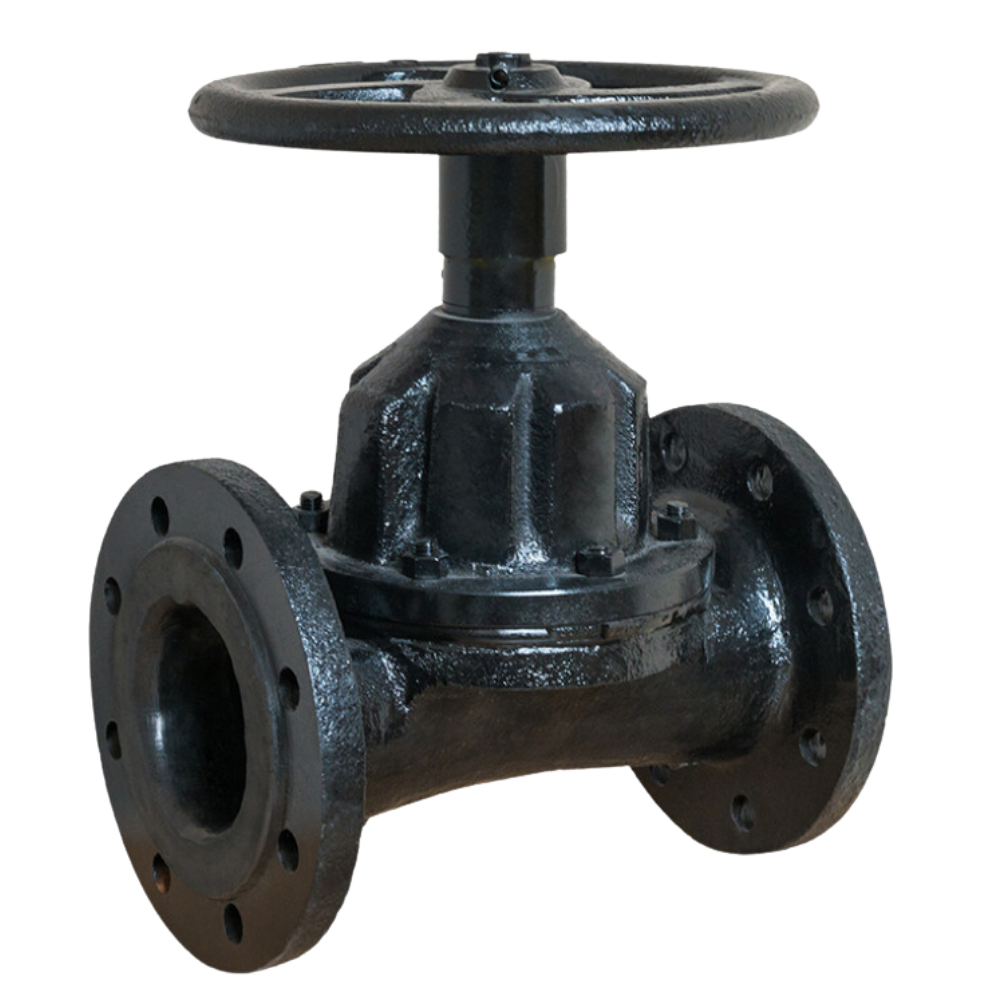
A straight-through diaphragm valve controls fluid flow in a pipeline using a diaphragm that moves vertically to open or close the flow path. The straight-through design allows fluid to pass directly through the valve, reducing pressure drop and maintaining efficient flow. It is commonly used in applications where reliable sealing and minimal obstruction are needed, […]

A plug valve controls fluid flow in a pipeline using a cylindrical or tapered plug with a central hole. The plug rotates within the valve body to open or close the flow path. When the plug aligns with the pipeline, fluid passes through. When turned so the hole is perpendicular to the flow, it blocks […]

A fluorine lined control valve regulates the flow of fluids in a pipeline, adjusting flow rate, pressure, and temperature. It works by changing the size of the flow passage using elements like plugs, balls, or diaphragms. Control valves are crucial in industrial processes for maintaining operating conditions and ensuring system efficiency. They can be operated […]